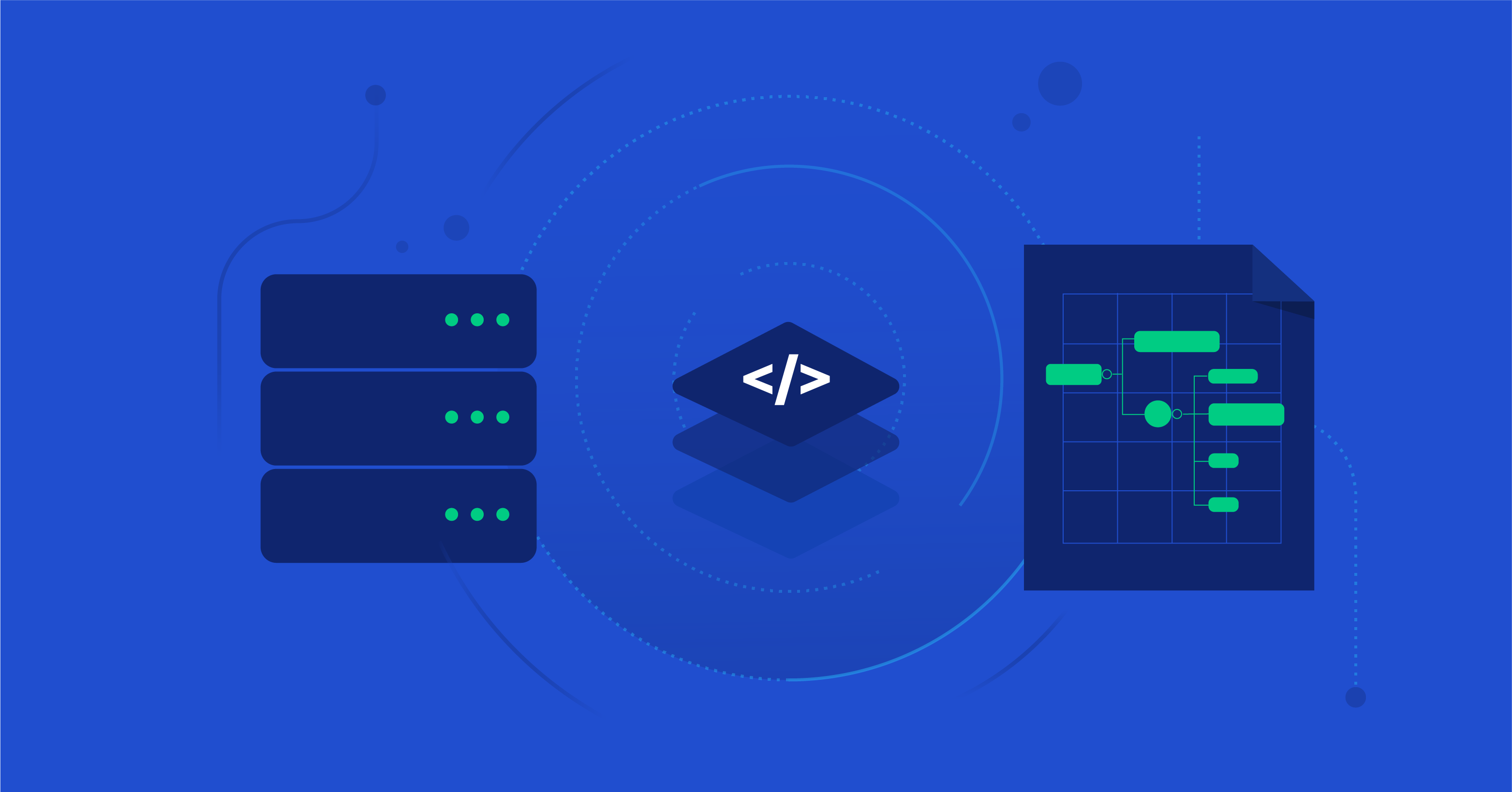Declarative Programming: Is It A Real Thing?
In a nutshell, declarative programming consists of instructing a program on what needs to be done, instead of telling it how to do it. This approach involves providing a domain-specific language (DSL) for expressing what the user wants. This DSL shields users from messy low-level constructs while still achieving the desired end-state.
While declarative programming offers advantages over the imperative approach it replaces, it’s not as straightforward as it may seem. In this comprehensive article, Toptal Freelance Software Engineer Federico Pereiro outlines his experience with declarative tools and explains how you can make declarative programming work for you.
25+ minute readContinue Reading

Federico Pereiro
World-class articles, delivered weekly.
Toptal Developers
- Algorithm Developers
- Angular Developers
- AWS Developers
- Azure Developers
- Big Data Architects
- Blockchain Developers
- Business Intelligence Developers
- C Developers
- Computer Vision Developers
- Django Developers
- Docker Developers
- Elixir Developers
- Go Engineers
- GraphQL Developers
- Jenkins Developers
- Kotlin Developers
- Kubernetes Experts
- Machine Learning Engineers
- Magento Developers
- .NET Developers
- R Developers
- React Native Developers
- Ruby on Rails Developers
- Salesforce Developers
- SQL Developers
- Sys Admins
- Tableau Developers
- Unreal Engine Developers
- Xamarin Developers
- View More Freelance Developers
Join the Toptal® community.
